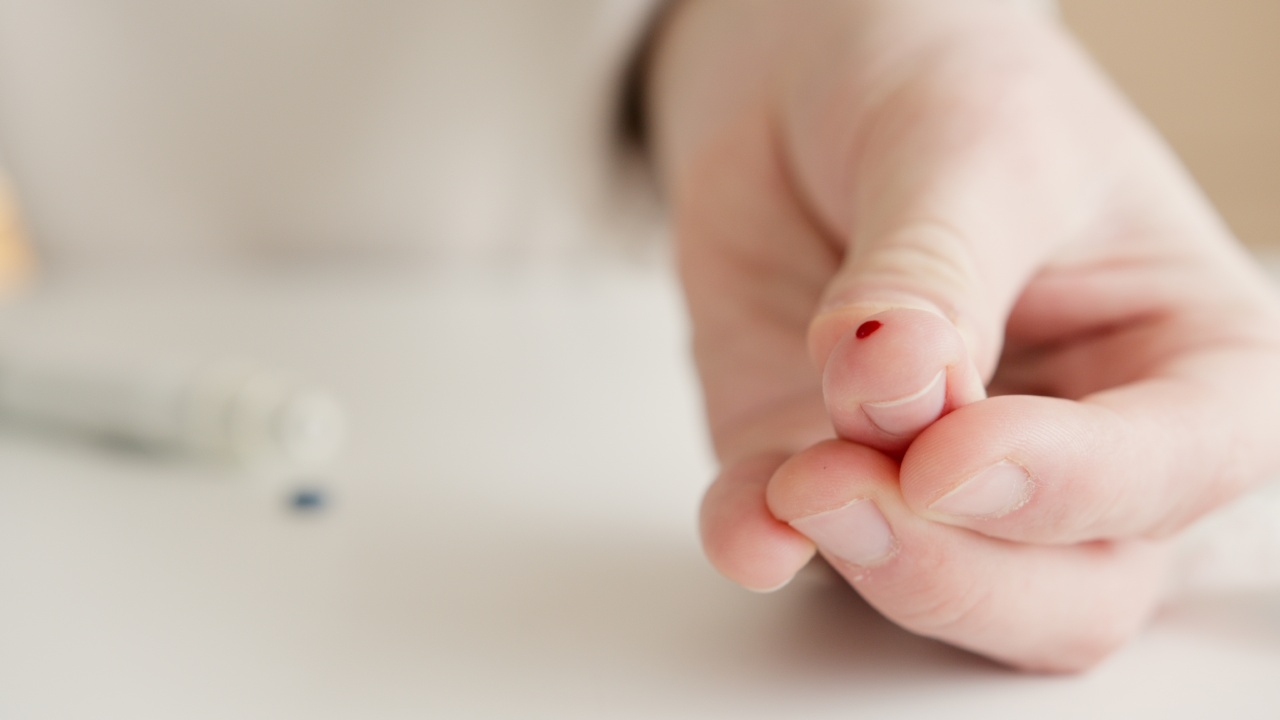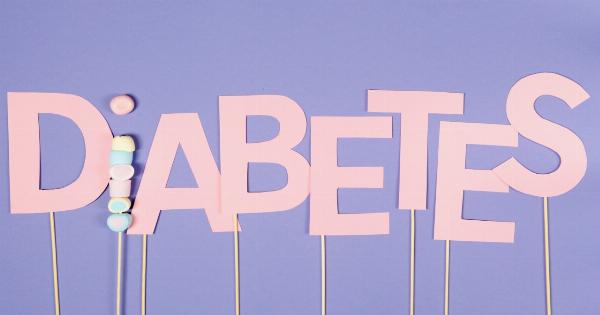Our skin is the largest organ of the body and it can be a helpful tool in detecting health problems. Our skin can manifest symptoms of illnesses that are not always visible elsewhere in the body.
And, when it comes to cancer, early detection is of the utmost importance, as it can mean the difference between life and death.
How can you tell?
Below are some unusual skin changes that could indicate liver or diabetes cancer :.
1. Jaundice
When the liver is unable to process bile effectively, bilirubin builds up in the body. As a result, the skin and the whites of the eyes often take on a yellowish cast, a condition known as jaundice.
Jaundice can be a sign of liver cancer, pancreatic cancer, or bile duct cancer.
2. Darker Patches of Skin
Diabetes can sometimes manifest as an increase in dark, velvety patches of skin on the back of the neck, armpit, or groin area. This condition is known as acanthosis nigricans.
In some cases, these patches may be a sign of an underlying cancer, so it’s important to get them checked out by a dermatologist.
3. Skin Tags
In some instances, people with diabetes or pre-diabetes may develop skin tags. These small, fleshy growths can appear anywhere on the body but are most commonly found on the neck, armpits, or groin area.
While skin tags are usually harmless, their appearance may be a signal of insulin resistance, which can lead to type 2 diabetes.
4. Unusual moles
People with diabetes are more likely to develop unusual moles than people without diabetes – large, asymmetrical moles with irregular borders and color. These sorts of moles can sometimes be a sign of melanoma, the deadliest form of skin cancer.
5. Red, itchy rash on legs or feet
Type 2 diabetes can cause a number of skin problems, including a red, itchy rash on the legs or feet. This condition is known as diabetic dermopathy, and it can also manifest as brown, scaly patches elsewhere on the body.
While not harmful in and of themselves, these patches can sometimes be a starting point for more serious infections.
6. Chronic itching and dry skin
Diabetes can also cause severe dry skin that is itchy and uncomfortable. While this condition is usually not dangerous on its own, it can lead to skin infections that can be serious for people with diabetes.
In order to avoid these complications, it’s important to keep skin clean, moisturized and dry.
7. Skin Lesions
Hepatitis C, a common viral infection that can lead to liver cancer, is also known to cause skin lesions. These lesions may appear on the arms or legs, and they can be small, firm, and red in appearance.
If you have received a diagnosis of hepatitis C, it’s important to pay attention to any changes in your skin, and speak to your doctor immediately if you notice any of these symptoms.
8. Palmar Erythema
An indication of liver disease or cirrhosis, palmar erythema is a condition that causes the palms of the hands to turn reddish in color.
If your palms have become red and seemingly inflamed, then it is important to schedule an appointment with your primary care physician.
9. Angiomas or Cherry Hemangioma
These red, raised bumps on the skin are benign tumors made up of small blood vessels. However, in some cases, the sudden appearance of many angiomas or cherry hemangiomas could be indicative of liver cancer.
10. Yellowish nail beds
Nail beds that appear yellow in color can be a signal of a problem with the liver. This is because the liver is responsible for producing a bile pigment that gives our stool its brown color.
If this function is impaired, the pigment can build up in the skin, leading to discoloration of the nail beds. This is a sign that should not be ignored, especially if it is accompanied by other potential symptoms of liver cancer.
Conclusion:
It is important to be aware of any changes in your skin and to talk to your doctor if you see anything unusual. While many skin changes are benign, some can be indicators of more serious illnesses like liver or diabetes cancer.
Early detection is key in the fight against cancer, so don’t hesitate to speak to your doctor about any concerns you may have.






























